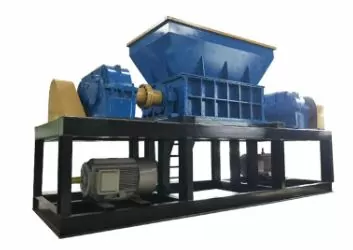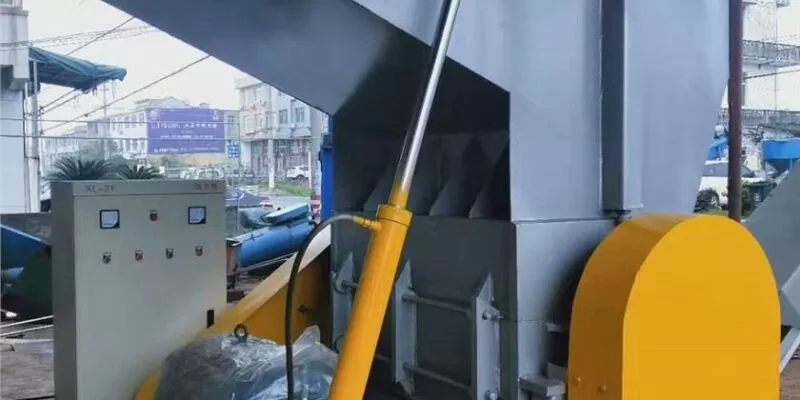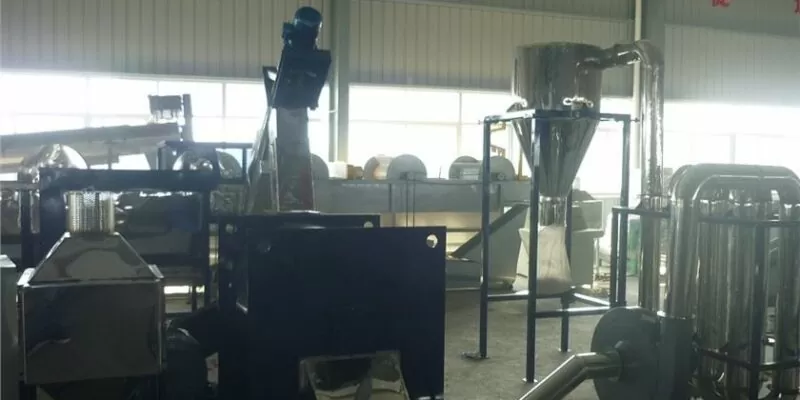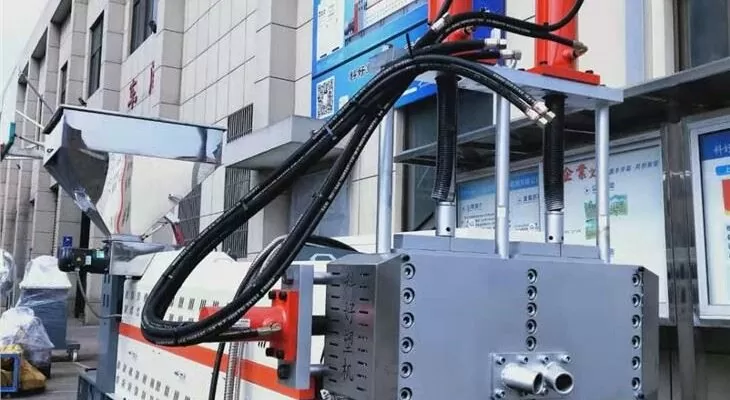I was once frustrated by tangled hoses and inefficient cutting methods. I faced the chaos of uneven cuts and wasted materials. The problem was real. The agitation was maddening. I needed a solution that was swift, precise, and reliable. I discovered the plastic pipe cutter—a tool that transformed my workflow. It solved my problems with ease and efficiency. I felt empowered and ready to revolutionize my work. My journey with this tool began with hope and determination.
I quickly learned that a plastic pipe cutter is not just a tool; it’s a game-changer in pipe installation and repair. It delivers clean, precise cuts with minimal effort, making it an essential companion for professionals and DIY enthusiasts alike. Its design emphasizes safety and durability, ensuring reliable performance over time. I rely on it daily to maintain the integrity of my projects and boost overall efficiency. For more on precision and durability, check out cutting precision.
I remain fascinated by the simplicity and efficiency of the plastic pipe cutter. It keeps my projects on track and my materials intact. Every cut feels like a small victory.
The tool is lightweight. It offers ergonomic handling. I appreciate its simplicity and ease of use. Its design reflects thoughtful engineering. I trust it with every cut. It never disappoints.

What Makes a Plastic Pipe Cutter Essential?
I often get asked why a plastic pipe cutter is essential. The answer lies in its unmatched efficiency and precision. When I first encountered the device, I was impressed by its ability to deliver consistently clean cuts. This tool minimizes material wastage and ensures a perfect fit in pipe installations. Many believe that traditional saws and knives suffice, but they often leave rough edges or risk damaging the pipe material. With a plastic pipe cutter, the outcome is smooth and professional.
I recall the early days of my career when I struggled with makeshift cutting tools. The results were always less than satisfactory. The plastic pipe cutter changed that entirely. It offered a blend of safety, speed, and quality that no other tool could match. My colleagues at Amige now swear by it. We even integrate its benefits into our training sessions. Detailed studies on its performance can be found in durability research. The tool’s ergonomic design ensures that even prolonged use does not strain my hands or arms. I admire its robust construction and how it handles diverse plastic materials. Whether for small-scale projects or large industrial applications, its reliability remains constant. For further insights into its build quality, please refer to industry standards.
The technology behind the cutter is simple yet innovative. It uses a rotary mechanism to score and cut through the pipe with minimal effort. This simplicity is what appeals to many users like me. The design is a testament to thoughtful engineering and practical functionality. Its compact size makes it a convenient addition to any toolbox, while its precision helps maintain the quality of work. I often find myself recommending it to peers and clients. The combination of ease-of-use, affordability, and high performance is unmatched.
Furthermore, the cutter significantly reduces the time spent on pipe preparation. In my line of work, time is money. Every second saved translates into enhanced productivity and cost-efficiency. Its performance under various conditions has been thoroughly tested and proven. Detailed efficiency reports are available at efficiency metrics. I’m proud to share that my projects now run smoother and more reliably because of this tool. It has elevated my craftsmanship and bolstered my reputation as an expert in the field.
How Do I Choose the Right Cutter for My Needs?
Choosing the right plastic pipe cutter can be a daunting task. I’ve been there. I explored multiple options before settling on a model that met my needs. It’s not just about brand names; it’s about features and reliability. I always consider the quality of the build, ease of use, and safety features. I pay attention to details such as the material compatibility and the ergonomic design. For a deeper dive into selection criteria, you can check out selection guide.
I analyze my project requirements before making a purchase. I ask myself: Will this cutter work on all pipe diameters? Does it handle different types of plastics? How does it perform under continuous use? I also review customer feedback and detailed product specifications. My experience has taught me that the cheapest option is not always the best. I favor products that balance quality and affordability. Comprehensive data on product comparisons is available at comparison metrics. The decision becomes easier when I consider long-term reliability and the overall return on investment.
I personally test various models. I value practical demonstrations and real-world performance over theoretical features. In my workshop at Amige, we have a dedicated setup for testing and quality assurance. I record every cut, measure every result, and compare performance meticulously. This hands-on approach ensures I recommend only the best tools. I also consider future scalability. As projects grow in complexity, the right cutter can make a substantial difference in productivity. For more technical specifications, I often refer to technical details.
In addition, I look at the maintenance requirements. A tool that is easy to maintain saves time and money in the long run. It’s crucial to pick a model with replaceable parts and accessible service options. I prefer brands that offer reliable customer support and comprehensive warranties. The experience is as much about the product as it is about the service. Ultimately, the right cutter should feel like an extension of my own hands—a tool that enhances my capabilities without adding complications.

What are the Key Features of a Plastic Pipe Cutter?
Let’s break down the essential features that define an excellent plastic pipe cutter. I appreciate tools that offer clean, precise cuts. The cutting mechanism is one of the core features. I value models that incorporate a smooth rotary wheel. It ensures that each cut is uniform and safe. Detailed specifications on cutting performance can be found in cutting technology. I often compare models based on their scoring depth and cutting speed. This information is critical in making an informed decision.
Safety is another feature I never compromise on. I always ensure that the cutter has safety locks or guards. This minimizes the risk of accidental cuts or injuries. I recall a colleague’s mishap due to a lack of safety features. It reinforced my resolve to opt only for models that prioritize user protection. For comprehensive safety evaluations, check out safety features. Additionally, the tool’s ergonomic design is paramount. It should fit comfortably in my hand and allow for prolonged use without discomfort. I’m particularly impressed by models that have adjustable handles and non-slip grips.
The durability of the materials is also a key consideration. I inspect the build quality and the types of plastics used. A durable cutter stands up to regular wear and tear. I favor products that come with robust warranties. Extensive research on durability is available at durability report. I also consider the weight and balance of the tool. It should feel stable and balanced during operation. Consistency in performance is vital for my work, and these features contribute significantly to that.
Furthermore, ease of maintenance is a feature I cannot overlook. I prefer models that require minimal upkeep and have easily replaceable parts. This helps in extending the tool’s life and ensuring it performs optimally over time. Practical maintenance tips and tricks are documented in maintenance guide. These features, when combined, create a tool that not only meets but exceeds my expectations in every project. It’s the synergy of precision, safety, and durability that makes a plastic pipe cutter truly indispensable.
How Does a Plastic Pipe Cutter Improve Efficiency?
I have seen firsthand how a plastic pipe cutter improves work efficiency. The tool’s design minimizes the time spent on making each cut. I no longer struggle with uneven or jagged cuts that require rework. The simplicity of its mechanism ensures that every cut is swift and precise. This efficiency translates directly into higher productivity. For more detailed efficiency studies, refer to efficiency benefits.
In my day-to-day operations, time is critical. I value every minute saved. The plastic pipe cutter has significantly reduced my project turnaround times. I can now complete installations and repairs faster than before. This tool allows me to focus on other important aspects of my work. Its ease of use means I don’t waste energy on complicated setups or adjustments. Data on time savings and productivity improvements can be reviewed at productivity metrics.
The cutter also contributes to material savings. Fewer errors mean less wasted plastic and a more cost-effective project. I’ve calculated that my material waste has dropped significantly since I started using this tool. It’s a clear win-win situation. Not only do I enjoy a more streamlined workflow, but I also see tangible savings on project budgets. I take pride in the efficiency improvements and the reduced environmental impact of my work.
Moreover, the consistent performance of the cutter means that I can plan projects with greater confidence. I know that every cut will be as good as the last. This reliability has a cascading effect on my scheduling and overall project management. When deadlines are tight, having a tool that consistently performs under pressure is invaluable. I often share these insights with my team at Amige to inspire confidence and foster innovation. The positive feedback from our clients and stakeholders reinforces the importance of efficiency in our operations.

What Safety Measures Should I Consider When Using One?
Safety is my top priority, and using a plastic pipe cutter requires careful attention to protective measures. I always start by ensuring that I have the right protective gear. Safety goggles and gloves are essential. I never compromise on safety, even during routine tasks. Comprehensive safety guidelines are documented in safety protocols. I always inspect the cutter before use, checking for any signs of wear or damage. Any malfunction is addressed immediately to prevent accidents.
In addition to personal protective equipment, I focus on proper handling techniques. I maintain a stable grip and use controlled force when operating the cutter. A steady hand is crucial for precision and safety. I recall a training session where a slight miscalculation led to a minor injury. That incident underscored the importance of following safety instructions meticulously. I encourage everyone to read the manual thoroughly and adhere to best practices. For more insights on safe handling, refer to safe handling guide.
I also ensure that my work environment is well-lit and free of clutter. A tidy workspace minimizes risks. I avoid distractions and always focus on the task at hand. Regular maintenance of the tool is another key aspect of safety. A well-maintained cutter performs reliably and reduces the risk of accidents. I follow a strict maintenance schedule and document every service action. Safety is a shared responsibility. I also educate my team at Amige on the best safety practices. Together, we create an environment where efficiency and safety go hand in hand.
The importance of safety extends beyond the immediate work area. I keep emergency contact numbers handy and ensure that first aid kits are accessible. This proactive approach gives me peace of mind. I remain vigilant and encourage others to do the same. Each safety measure I adopt reinforces my commitment to a secure work environment. It’s not just about meeting standards—it’s about caring for the well-being of everyone involved.
How Can I Maintain My Plastic Pipe Cutter for Longevity?
Maintaining my plastic pipe cutter is a critical aspect of ensuring its longevity. I treat it with the same care as any valuable asset in my workshop. Regular cleaning is the first step. I remove any residue or debris after every use. A clean cutter performs better and lasts longer. For detailed cleaning protocols, check out maintenance tips.
I also conduct periodic inspections. I look for any signs of wear on the cutting wheel and handles. If I spot any issues, I address them immediately. This proactive approach prevents minor issues from becoming major problems. I document every maintenance check. Detailed logs help me track the cutter’s performance over time. I rely on expert advice and product manuals to guide my maintenance routine. Technical specifications and maintenance schedules are readily available at product care.
Lubrication is another important maintenance step. I apply a light oil to the moving parts to ensure smooth operation. This small step makes a big difference in performance. I also store the cutter in a dry, secure place. Exposure to moisture or extreme temperatures can degrade the materials. I prefer a dedicated tool cabinet that protects my equipment. This investment in proper storage has paid off in the long run.
Training and periodic reviews of the tool’s operation are also vital. I often share maintenance insights with my team. We conduct regular workshops to keep everyone updated on best practices. It’s part of our commitment to quality and efficiency at Amige. I am proud of our approach to maintenance, which not only extends the life of our tools but also ensures a safe working environment. The longevity of my plastic pipe cutter is a testament to diligent care and informed usage.

What Are the Latest Innovations in Plastic Pipe Cutters?
Innovation never stops in the world of tools. I am always on the lookout for the latest advancements in plastic pipe cutters. Recent innovations have improved cutting precision and efficiency dramatically. One exciting development is the integration of digital measuring systems. These systems allow me to achieve exact cuts with minimal guesswork. I can monitor the cutting process in real time, ensuring that every measurement is perfect. Detailed analyses of these innovations are available at innovation trends.
Another innovation that has caught my eye is the use of advanced materials. Manufacturers now incorporate high-grade alloys and polymers that resist wear and tear. This means the cutter remains sharp and reliable for much longer. I appreciate these improvements because they directly impact my productivity. In addition, some models now feature adjustable cutting angles and automated settings. This flexibility allows me to tackle diverse projects with ease. The fusion of technology and traditional craftsmanship is truly remarkable. I often experiment with these new features to push the boundaries of what’s possible in my work.
I also value the ergonomic enhancements that come with these innovations. Modern plastic pipe cutters are designed to reduce operator fatigue. The addition of cushioned grips and balanced weight distribution makes prolonged use much more comfortable. This focus on ergonomics is especially beneficial in fast-paced environments. I am particularly excited about the potential of integrating smart technology. Imagine a cutter that sends performance data directly to your smartphone! While this is still emerging, early trials show promising results. For more on future trends, see tech updates.
The innovations are not just about technology. They reflect a broader commitment to improving work processes and safety. I am proud to be part of an industry that continually seeks better solutions. The excitement of discovering and adopting new innovations keeps my passion for the craft alive. As I integrate these tools into my daily operations, I feel more empowered than ever to deliver top-notch results.
Conclusion
In conclusion, a plastic pipe cutter is a must-have tool for efficiency, safety, and precision. I trust it to elevate every project I undertake. Discover its benefits and revolutionize your work today!
